
Tell your friends about this item:
Alexander the Great and the Achaemenid Persian Empire
Charles River Editors
Alexander the Great and the Achaemenid Persian Empire
Charles River Editors
*Includes pictures
*Includes excerpts of ancient accounts of the campaign
*Includes a bibliography for further reading
Over the last 2,000 years, ambitious men have dreamed of forging vast empires and attaining eternal glory in battle, but of all the conquerors who took steps toward such dreams, none were ever as successful as antiquity's first great conqueror. Leaders of the 20th century hoped to rival Napoleon's accomplishments, while Napoleon aimed to emulate the accomplishments of Julius Caesar. But Caesar himself found inspiration in Alexander the Great (356-323 BCE), the Macedonian king who managed to stretch an empire from Greece to the Himalayas in Asia by the age of 30. It took less than 15 years for Alexander to conquer much of the known world.
At one point in antiquity, the Achaemenid Persian Empire was the largest empire the world had ever seen, but aside from its role in the Greco-Persian Wars and its collapse at the hands of Alexander the Great, it has been mostly overlooked. Ever since the famous Persian invasions that had been repelled by the Athenians at Marathon and then by the Spartans at Thermopylae and Plataea, Greece and Persia had been at odds. For the past few years they had enjoyed an uneasy peace, but that peace was shattered when, in 334 BCE, Alexander crossed the Hellespont into Persia. He brought with him an army of 50,000 infantry, 6,000 cavalry and a navy of over 100 ships, a mixed force of Macedonians, Greeks, Thracians and Illyrians, all chosen for their specific strengths (the Thessalians, for example, were famous cavalrymen). He was still just 22. Darius III, king of Persia at the time of Alexander's invasion, was no tactical genius, but he was an intelligent and persistent enemy who had been handed the throne just before the arrival of the indomitable Alexander. His misfortune was to face an enemy at the forefront of military innovation and flexibility, a fighting force that he was not equipped to handle, and the unconquerable will of the Macedonian army, fueled by devotion to their daring and charismatic king.
When Alexander crossed the Hellespont in 334 BCE, his first encounter with Persian forces took place along the Granicus River. The Persian commanders had met at the city of Zeleia along with Memnon of Rhodes, the leader of their Greek mercenary forces, and Memnon advised the Persians not to fight Alexander head on. Since the Persian forces were slightly outnumbered for the battle, Memnon advised that the Persians should scorch the nearby lands and make travel and supplying the army difficult for Alexander. After the Battle of the Granicus River, the Persian king would personally face Alexander twice, once at the Battle of Issus and again at the Battle of Gaugamela, and the battles would decide the fate of his empire and the fate of the Western world.
Alexander the Great and the Achaemenid Persian Empire: The History and Legacy of the Macedonian King's Campaign against the Persians looks at one of antiquity's most important campaigns, and the legendary battles between the two sides. Along with pictures depicting important people, places, and events, you will learn about the campaign like never before.
| Media | Books Paperback Book (Book with soft cover and glued back) |
| Released | March 2, 2020 |
| ISBN13 | 9798620694839 |
| Publishers | Independently Published |
| Pages | 186 |
| Dimensions | 216 × 280 × 10 mm · 444 g |
| Language | English |
More by Charles River Editors
Others have also bought
See all of Charles River Editors ( e.g. Paperback Book and Book )

 Christmas presents can be returned until 31 January
Christmas presents can be returned until 31 January


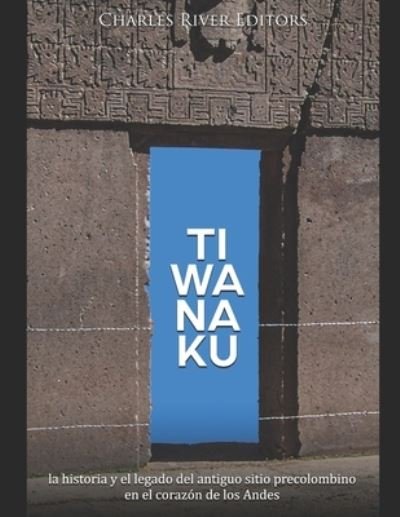

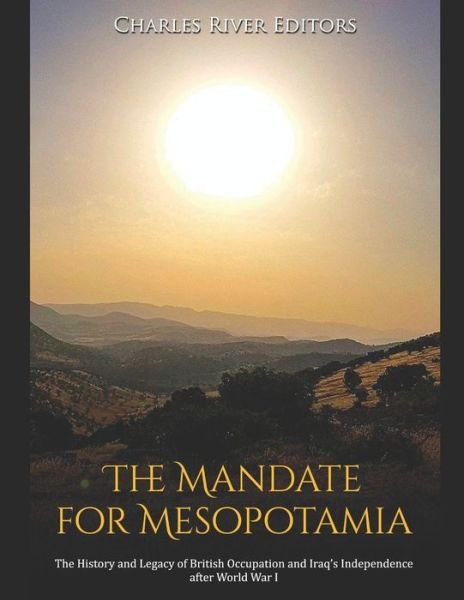
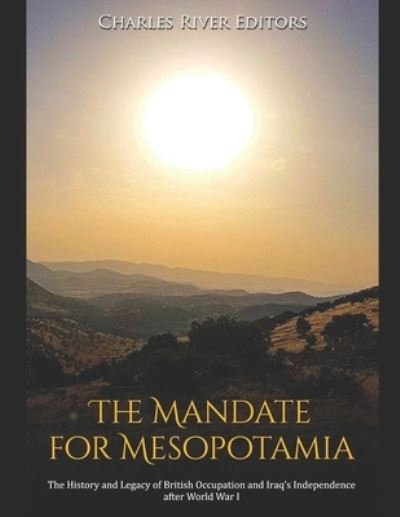




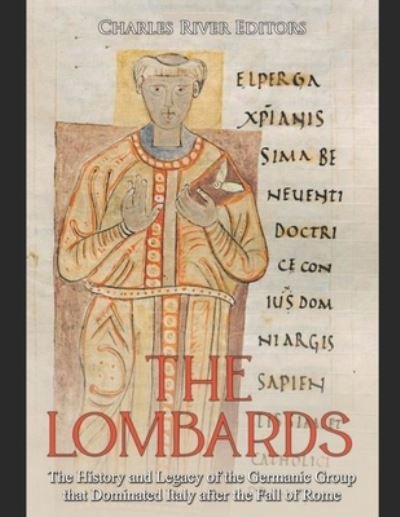
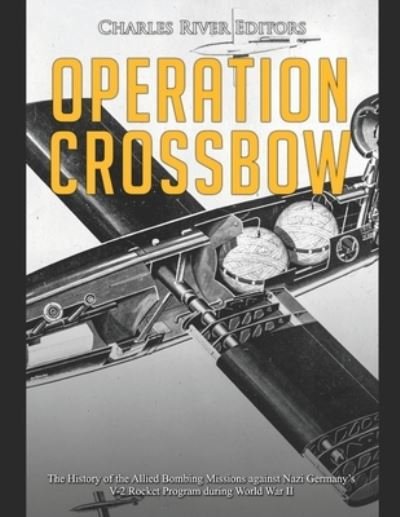






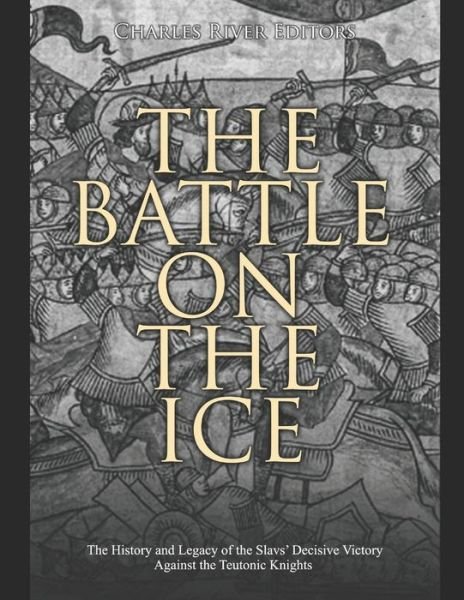
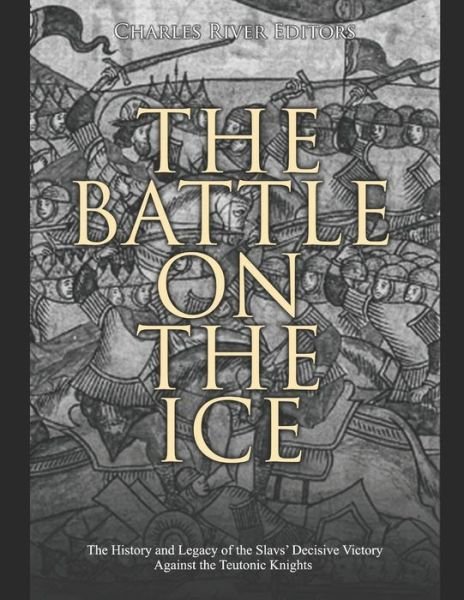
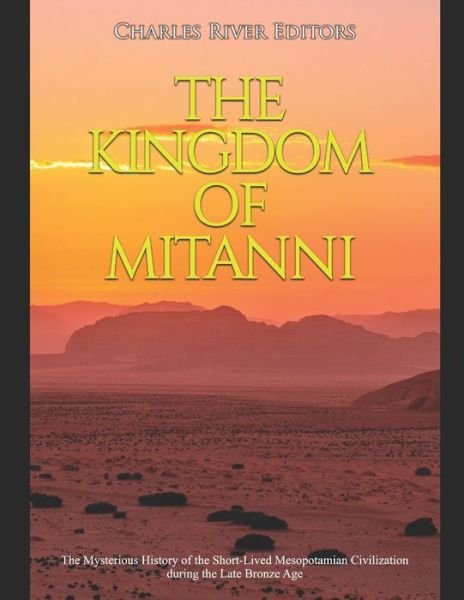
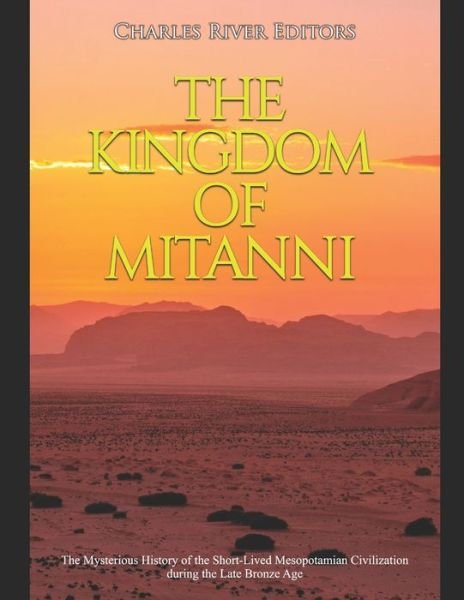




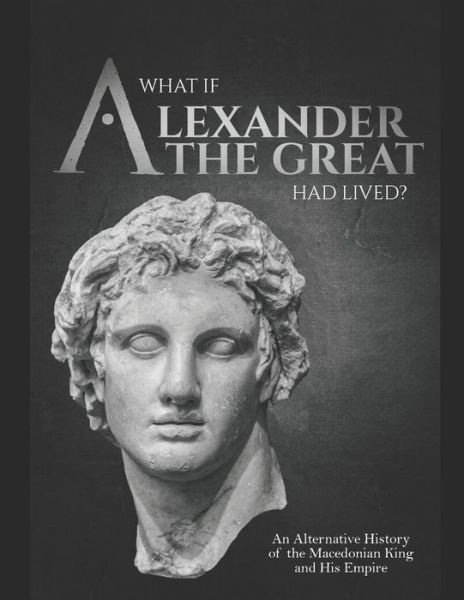

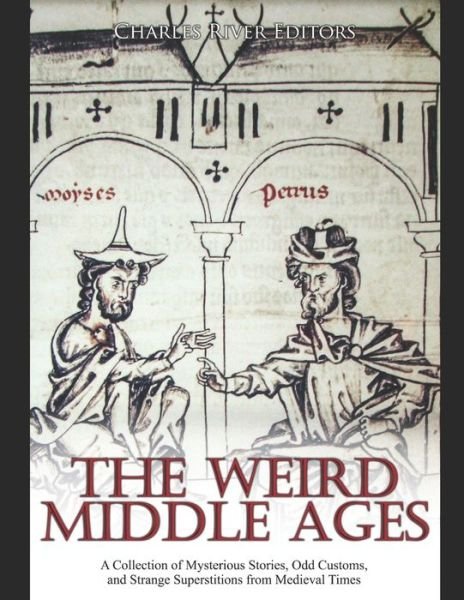
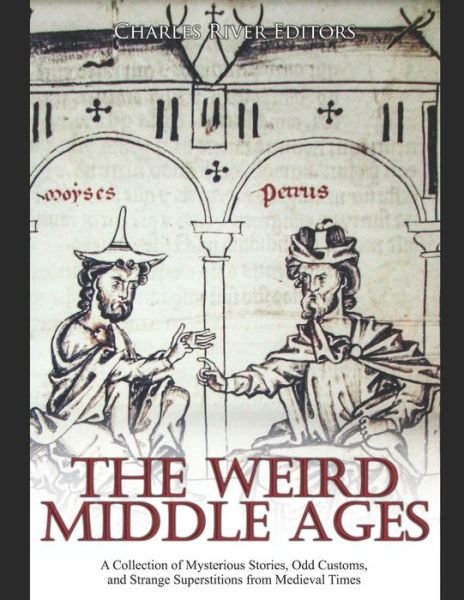
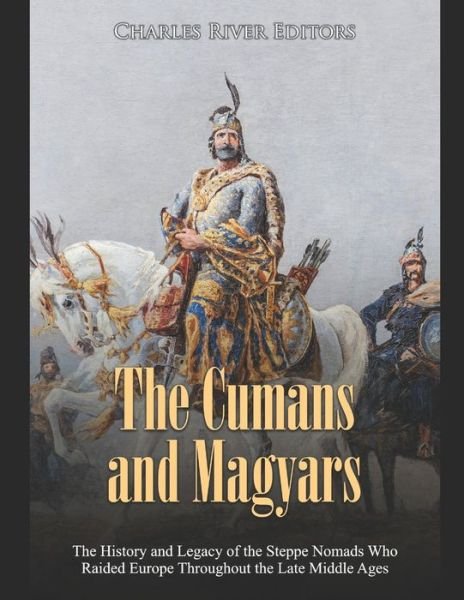
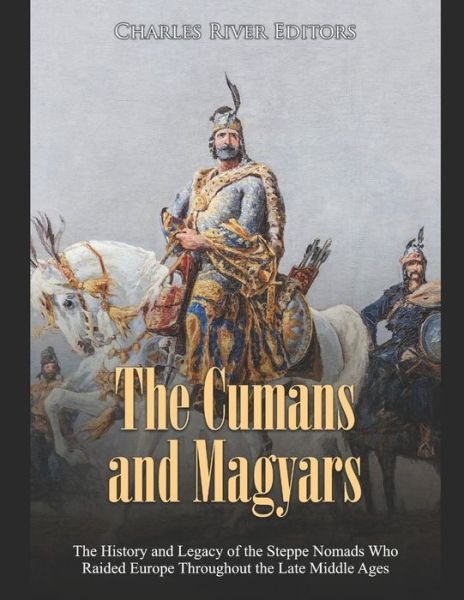
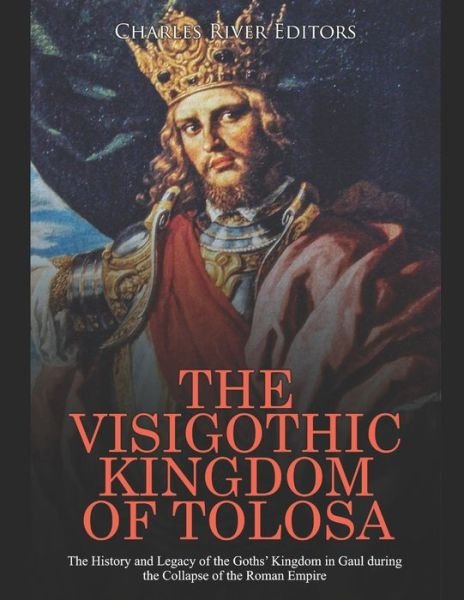
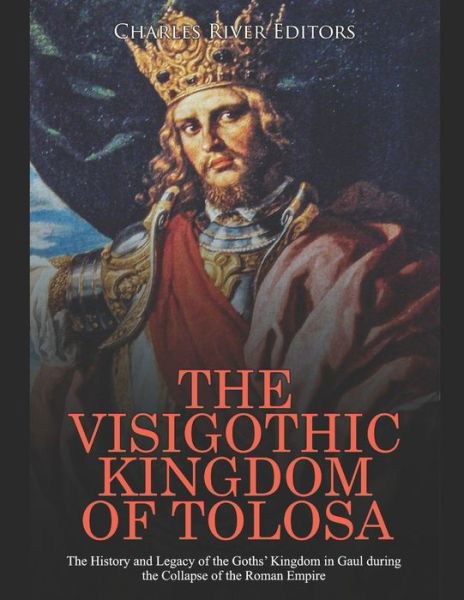

![Cover for Charles Dickens · Den hjemsøgte mand og åndens tilbud (Nyillustreret) (Bound Book) [1st edition] (2022)](https://imusic.b-cdn.net/images/item/original/123/9788772048123.jpg?charles-dickens-2022-den-hjemsoegte-mand-og-aandens-tilbud-nyillustreret-bound-book&class=scaled&v=1654049104)
![Cover for Linda Lehun · Musikbogen (Paperback Book) [1st edition] (2016)](https://imusic.b-cdn.net/images/item/original/063/9788759891063.jpg?linda-lehun-2016-musikbogen-paperback-book&class=scaled&v=1486719785)
![Cover for Dian Hanson · The New Erotic Photography - Bibliotheca Universalis (Hardcover Book) [Multilingual edition] (2017)](https://imusic.b-cdn.net/images/item/original/715/9783836526715.jpg?dian-hanson-2017-the-new-erotic-photography-bibliotheca-universalis-hardcover-book&class=scaled&v=1490369714)

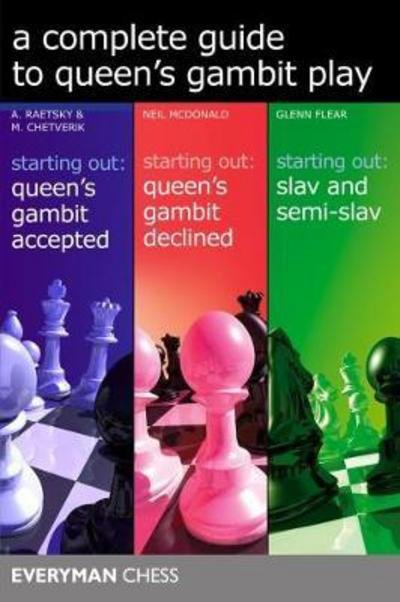



![Cover for Jesper Wung-Sung · To ryk og en aflevering (Sewn Spine Book) [3rd edition] (2009)](https://imusic.b-cdn.net/images/item/original/996/9788763811996.jpg?jesper-wung-sung-2009-to-ryk-og-en-aflevering-sewn-spine-book&class=scaled&v=1341784896)

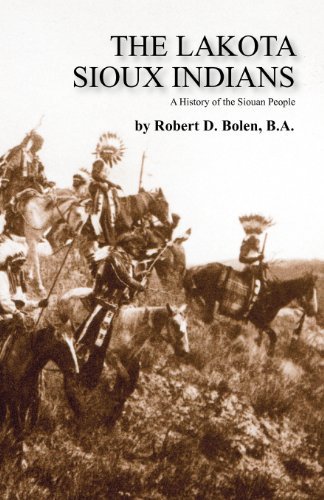

![Cover for Claus Drengsted-Nielsen · Lille dansk grammatik (Sewn Spine Book) [1st edition] (2016)](https://imusic.b-cdn.net/images/item/original/692/9788702194692.jpg?claus-drengsted-nielsen-2016-lille-dansk-grammatik-sewn-spine-book&class=scaled&v=1499896829)
![Cover for Jon Speelman · Modern Defence (Paperback Book) [1st edition] (2000)](https://imusic.b-cdn.net/images/item/original/816/9781857442816.jpg?jon-speelman-2000-modern-defence-paperback-book&class=scaled&v=1409611116)
